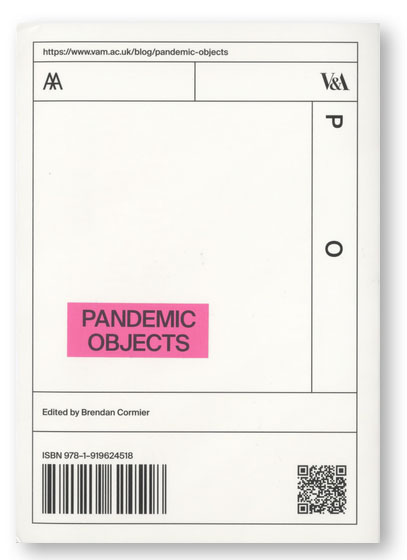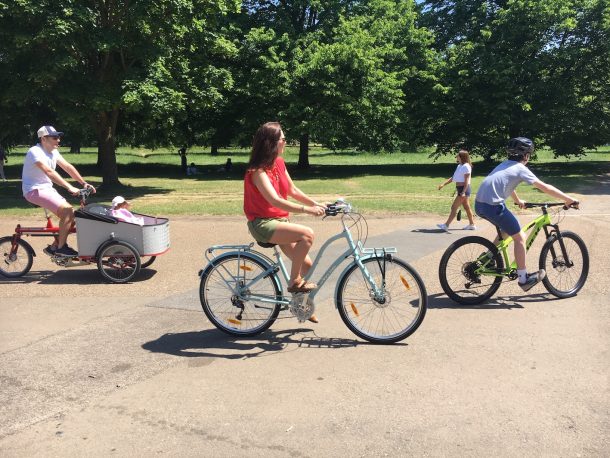
A vast experiment is going on in which we and the bicycle play a key role. Dramatic reductions in vehicular traffic have fundamentally transformed city streets during the era of Covid-19. Cyclists proliferate in London, Milan and New York, among others, cities with historically low rates of cycling. Before now, the lack of a genuinely citywide, safe cycling infrastructure had been the key barrier to any dramatic increase in cycling in such cities. Or, put another way, fear of unsafe cycling conditions have until recently prevented most non-cyclists from taking to the road. Paradoxically, at a moment when people feel generally unsafe, city streets feel safer than ever on a bike.
Especially remarkable and inspiring are the large numbers of families with young children cycling together, and older children cycling with siblings, owing to the need for exercise and to fill the void created by school closures or shortened school days. While there had already been a rise in parents and children cycling to school in London in recent years, the numbers cycling during the pandemic have exploded. Around the world, citizens have taken to their bikes with a freedom not seen for generations, resulting in a global shortage of bicycles, parts, and repairs capacity in shops.
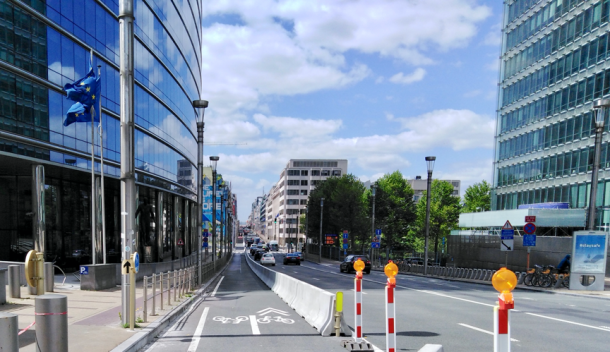
Of course, not everyone living in cities has the means to own or store one or more bikes, though city rental schemes, street-based storage units, and workplace subsidies in many countries are helping people to get on a bike.
However, statistically, urban cyclists in Europe and the US tend to be overwhelmingly male and white, secure enough in their socio-economic status not to feel that cycling is a sign of poverty. Non-cyclists of all genders and colours report that the main barrier to urban cycling is fear, fear of aggressive (mainly male) drivers and cyclists as well as fear of physical harm owing to poor cycling infrastructure. Bike-riding people of colour contend with the racism of public spaces, including the fear of police harassment directed at black males. Women cyclists are routinely victims of everyday sexism and, in some communities, avoid cycling for cultural reasons. In the last decade, municipalities, cycling organisations and community groups have worked with those marginalised from cycling to expand take-up.
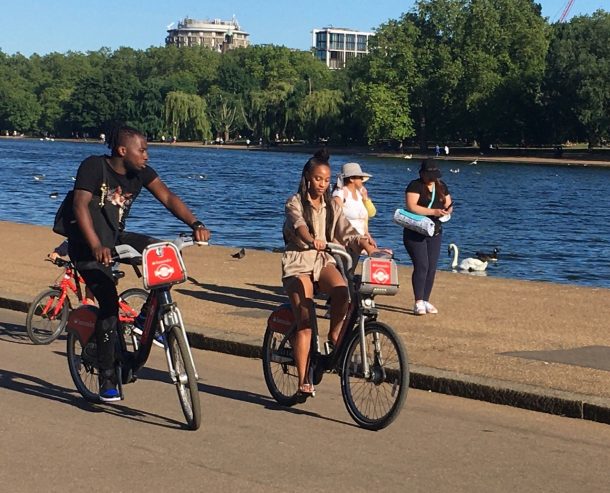
Early on in the pandemic, even as varying degrees of government-imposed restrictions were underway, cities such as Bogota, Berlin, Budapest and Portland used traffic cones, tape and crowd control barriers to create expanded pavements and segregated, pop-up cycle lanes. By May, these Light Individual Transport (LIT) lanes were created in over 150 cities including Auckland, Mexico City, Quito, Paris and Brussels.
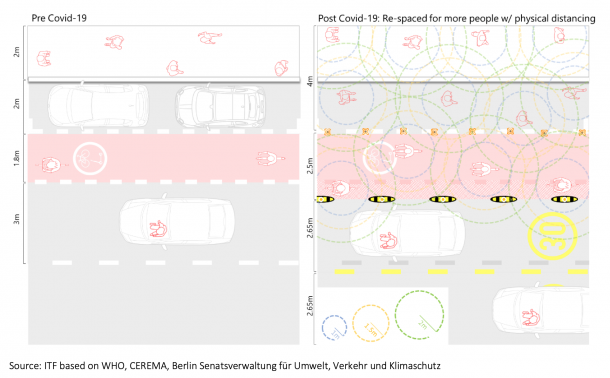
At the same time, the Mayors of London and New York (among others) announced the acceleration of schemes agreed last year for permanent segregated cycle lanes throughout their cities. Scores of cities unveiled new strategies to deal with the return to work which had begun and which would increase in the coming months (at least for those lucky enough to retain their jobs). Central to all of these was a call for us to walk or cycle to work to reduce ridership on public transportation to enable social distancing.
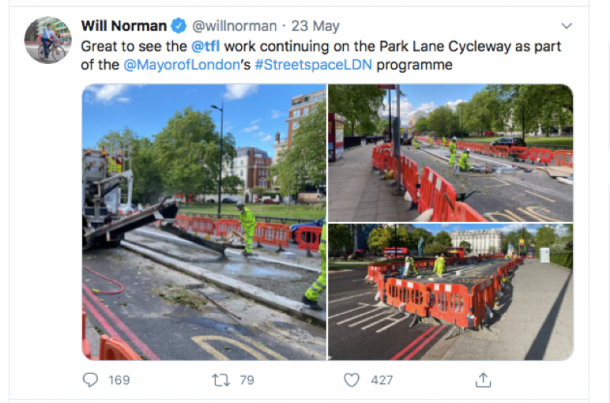
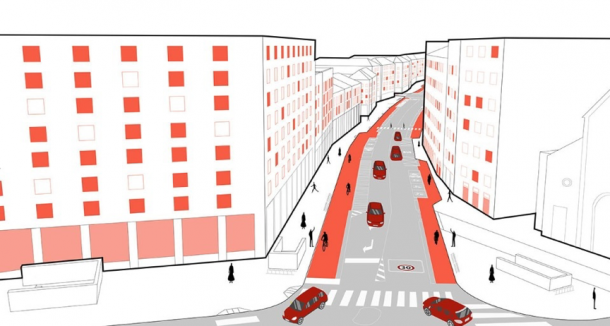
The knock-on effect of this instruction will be that space for private cars (parked or in traffic) will have to be replaced by additional cycle and pedestrian lanes. Of course, there will still be many who will have to rely on public transport to travel long distances and this needs innovative solutions including more electric bikes and scooters. Increased use of private cars will not be the answer but we should still expect counter-arguments that cars (for those that own them and can afford parking) offer better physical isolation than any other form of transport. That is clearly an unsustainable solution.
While many of these initiatives are temporary in nature, it is expected that there will be a long-term increase in cycle commuting. The benefits to bodily and planetary health are obvious and should become embedded in urban policy. The significant decrease in air pollution—caused above all by vehicle emissions—has already been quantified in scientific papers. Our reaction to the pandemic has shown that drastic action is possible when danger threatens the entire population. That lesson must be carried over into public policy to reduce climate change.
With every week that goes by, urban cyclists are experiencing a world against which —at least in the neo-liberal economies of Britain or the US—the forces of capital have in the past successfully lobbied. Like past arguments against other essential public health strategies (car seat belts, smoking bans, nutritional food labeling), it’s time to implement measures to allow people to safely undertake greater bicycle use in the context of climate change. The advocacy of environmental organisations as well as cycling and community groups, at times supported by local governments, have to date lacked the power to negotiate or enact transformational change. This impetus for change will increasingly move from the current context of Covid-19 to the urgent campaign to slow climate change. If there was ever an opportunity to make progress on this front, it is now.
Related Objects from the Collections:
Moulton Bicycle, designed by Alex Moulton, 1959, manufactured by Moulton Bicycles Ltd, 1965
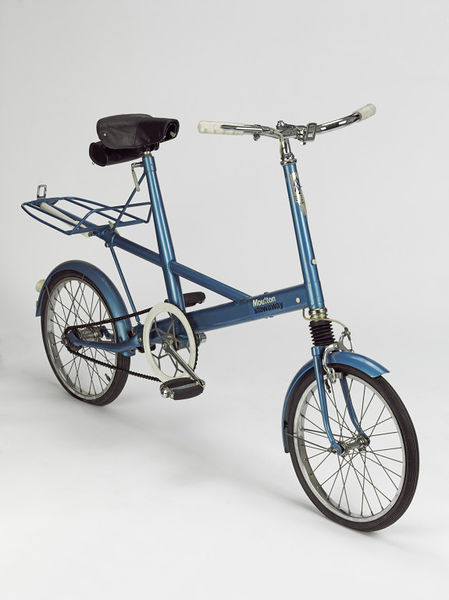
Alex Moulton was an exceptionally creative motor industry engineer, best known for creating a rubber spring suspension system first introduced for the Austin Mini-Minor (1959). He set up a company to manufacture his own bicycle design using similar suspension for comfort, unusually small wheels for acceleration and a step-through frame for ease of dismounting.
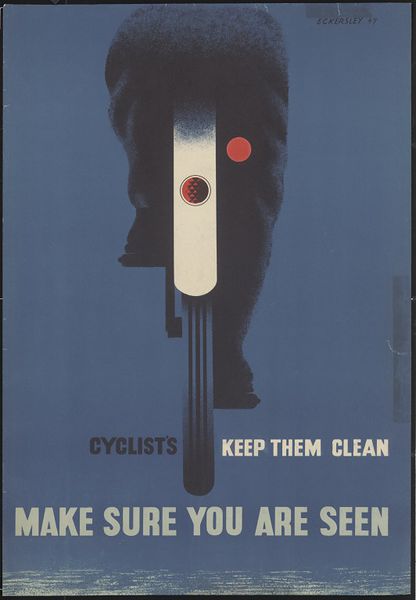
Hidori Bicycle Company(poster) by Hiroshi Ohchi, c1959
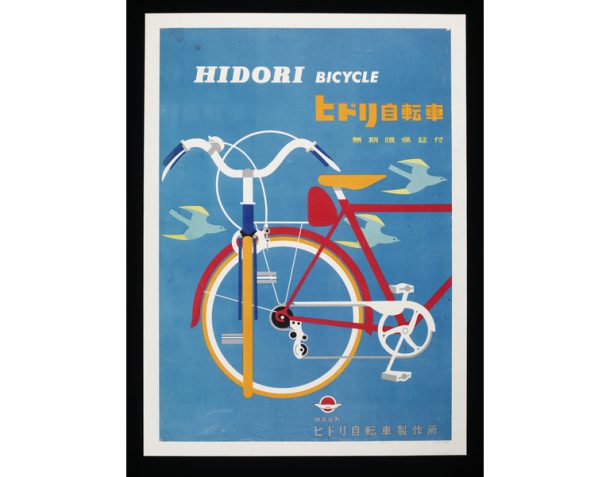
Further Reading:
‘Covid-19 Transport Brief: Re-Spacing our Cities for Resilience’, (PDF) International Transport Forum, 3 May 2020.
‘Covid-19: Keeping Things Moving’, Polis: Cities and Regions for Transport Innovation, 29 March 2020.
‘Biking Provides a Critical Lifeline During the Coronavirus Crisis’, Alejandro Schwedhelm, Wei Li, Lucas Harms and Claudia Adriazola-Steil, World Resources Institute, 17 April 2020.
‘How major cities are trying to keep people walking and cycling after the lockdown’, Nick Davies and Graeme Sherriff, WeForum, 14 May 2020.
‘City leaders aim to shape green recovery from coronavirus crisis’, Matthew Taylor and Sandra Laville, The Guardian, 1 May 2020.
‘Coronavirus: Push for cycling despite safety fears’, BBC, 9 May 2020.
‘Cycling and Covid-19: what London needs to do now, and when the lockdown lifts‘, SimonM, London Cycling Campaign, 9 April 2020.
‘London in Lockdown: Webinar Review‘, Fran Graham, London Cycling Campaign, 7 May 2020.
‘Thinking of Buying a Bike? Get Ready for a Very Long Wait’, Christina Goldbaum,The New York Times, 18 May 2020.
‘What are the barriers to cycling amongst ethnic minority groups and people from deprived backgrounds?’ (PDF) Transport for London, 2011.
‘Why are there so few black and Asian cyclists in London?’, Jason Murugesu, The New Statesman, 5 April 2018.
‘The unbearable whiteness of cycling’, Kevin Hylton, The Conversation, 27 April 2017.
‘Narratives of Marginalized Cyclists: Understanding Obstacles to Utilitarian Cycling Among Women and Minorities in Portland, OR’, Amy Lubitow, Transportation Research and Education Center, May 2017.
‘Behaviors of Cyclists: Cognitive-behavioral quirks that affect the decision to cycle’, Sruthi Chandrasekaran, The Hunting Dynasty, 14 Dec 2011.
